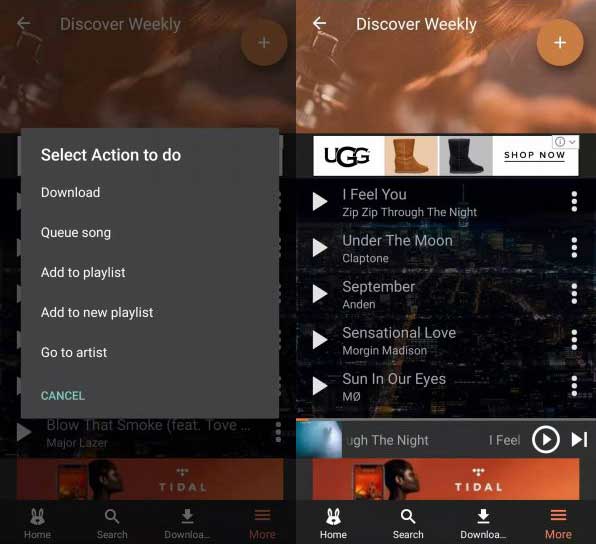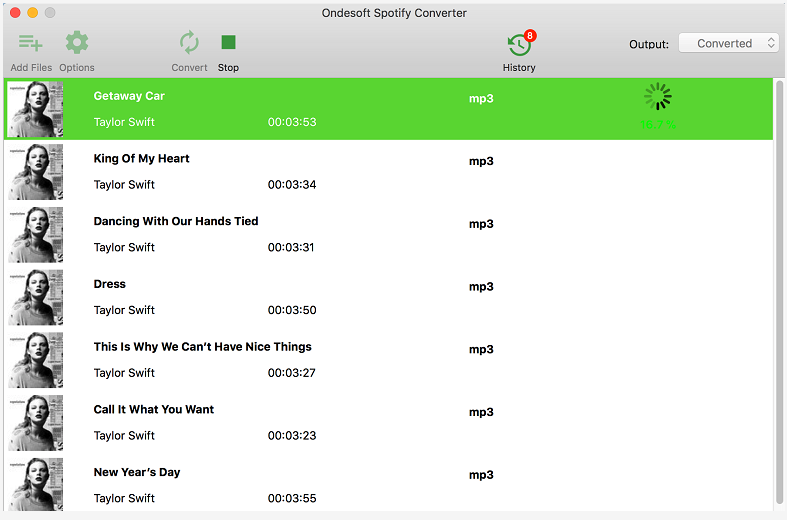


This raises an important question in the realm of design: what happens to the aesthetic evolution of design when a technological tool is deciding what is considered exemplary? As we increasingly incorporate image-generating AI into our design practices (though it should be noted while AI is not strictly an algorithm, it does rely on sets of algorithms in order to learn and evolve), it opens up the potential for an output we previously could have never imagined.Ī fascinating LinkedIn viral post was published in February by Creative Director Eric Groza, who used AI to envision a sophisticated conceptual collaboration between British Airways and Burberry. He worries that relying on engagement analytics as a curatorial guide will stifle innovation in music, as songs that appeal to the greater masses will be more profitable. Gee argues the overall effect is a bit more complicated. So smaller artists with songs that capture a large audience get prioritized and a chance for a major spotlight- a win-win right? Gee then makes a connection between this and Spotify's Discovery Mode feature, described on the Spotify for Artists website as a "marketing tool that helps your music get heard when audiences are most open to discovery." The algorithm for engagement is driven not by novelty, but by popularity (and the more your song is heard, the bigger the cut Spotify gets for your song). What is perhaps most interesting in Gee's commentary is that this editing algorithm was developed not just to create a more perfect photograph, but one that will appeal most to the average consumer consensus. Instead, phones are opting for technology that creates a more "perfect" image, regardless of how true to life it may be. In other words, this technology shows that camera phones are moving away from technically perfecting features like lenses to produce a more true-to-life image.

Apple's "deep fusion" software use contextual information to create an ideal photograph by configuring multiple photography frames, and adjusting elements such as exposure and contrast. He first discusses the computational photography updates of the iPhone 14, announced in September 2022. The video is by TikToker Derrick Gee, a fun follow for anyone interested in music and lesser-known design facts.

While scrolling through TikTok in early February, I came across a video that led me down a rabbit hole about technology and how it's bound to affect the evolving visual direction of design. How algorithms will feed the future of design


 0 kommentar(er)
0 kommentar(er)
